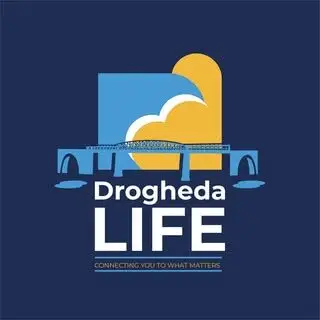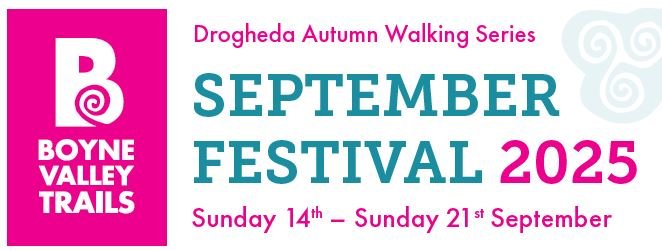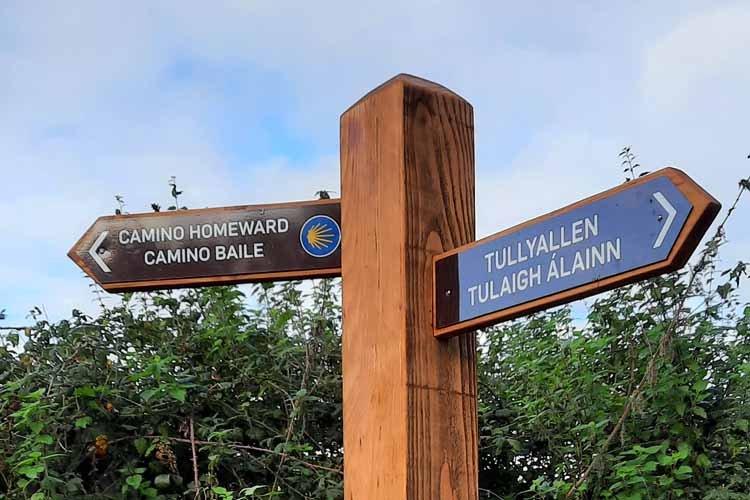Woodland signage a major milestone for 25K walking route
The Boyne Valley Camino has been a huge success almost since day one but there have been some issues around signage for walkers who may not be familiar with the terrain.
In March of this year it was announced that the Department of Rural and Community Development would be awarding the Camino funding of almost €52,000 for permanent signage along the 25km route.
Boyne Valley Walking are delighted to report that the woodland stretch of the Boyne Valley Camino through Townley Hall Woods has just been signposted.
The signs in Townley Hall conform to Coillte standard for forestry. Local graphic designer Caoimhe Mulroy created artwork for discs containing the traditional yellow scallop shell and directional arrow on blue background, which were added to the Coillte posts.
Áine Walsh and Pat Coffey from Boyne Valley Walking have enjoyed a very successful relationship with Coillte in relation to the Camino. Collaboration with Coillte, National Parks and Wildlife Services and local residents has led to the creation of a beautiful new trail in Townley Hall Woods that gives approx 2.5km of unbroken forest walking on the outward leg. The Camino enters the forest at the bottom of King William’s Glen and exits on the Tullyallen road and continues to Old Mellifont.
On the return journey the Camino re-enters Townley Hall at Belnumber Wood, the fantastic link trail that was put in place to provide safe passage between Tullyallen and the bottom of the Glen. This is a further 1.5km of forest walking. Camino signage has been added to this section of the woods also.
The woodland part of the Camino is beautiful in all seasons, but it has proven tricky to navigate without appropriate signage. This problem has now been solved by the yellow arrows.

Terry Collins and Dusty Flanagan have worked successfully with the Camino Society of Ireland to have the Boyne Valley Camino acknowledged as an official Celtic Camino. Their research led them to the James St / Marsh Road area of Drogheda where there is evidence of accommodation for people from the North East staying in Drogheda before leaving via the port for their destination in La Coruna in northern Spain and onward walk to Santiago de Compostela to complete their Camino.
This woodland signage marks a major milestone towards the ultimate goal of having a self-guided 25km loop walk from Drogheda. The signage is the yellow scallop shell and arrow, as per the Camino signage across Europe.
Work is ongoing with Engineers, local authorities and other stakeholders in relation to permanent signage for the rest of the 25km looped route from Drogheda. Funding for creating the signage was secured via the Outdoor Recreation Infrastructure scheme programme administered by the Dept of Rural and Community Development.





